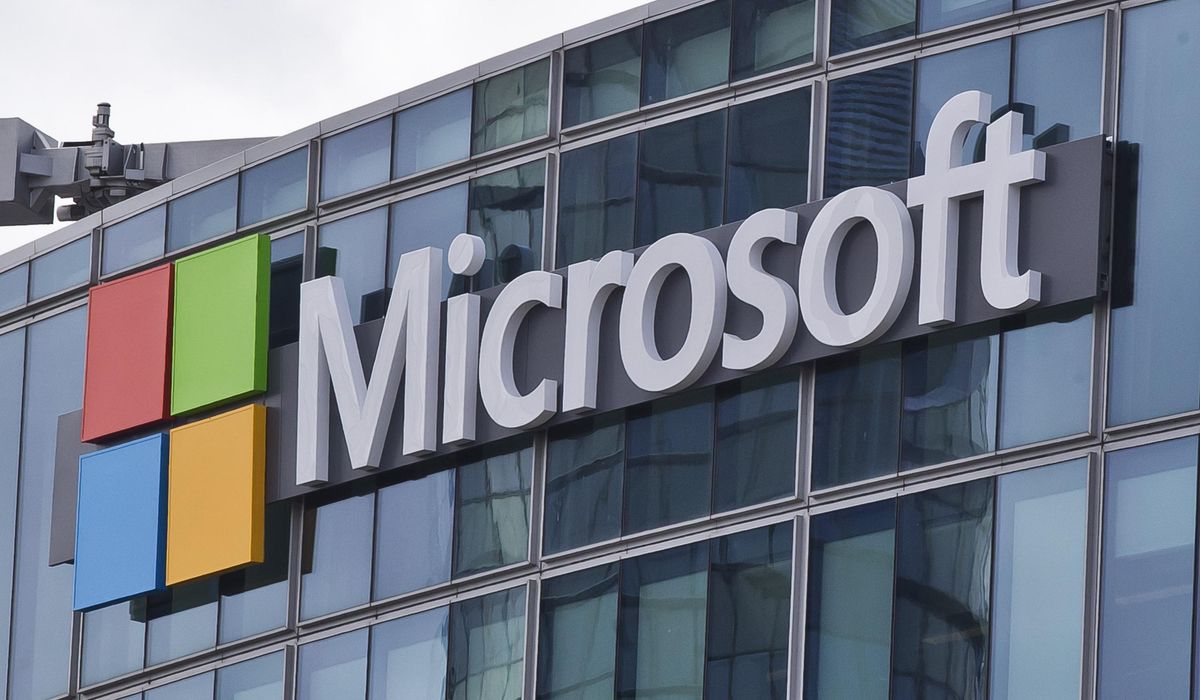


Microsoft CEO Satya Nadella said Wednesday that his company developed an “entirely new state of matter” that will fundamentally change the computing industry.
Mr. Nadella made the audacious claim on X, saying that the discovery would power a new Microsoft product making a meaningful quantum computer available “not in decades, as some have predicted, but in years.”
Quantum computers are expected to solve problems much faster than classical computers through the forthcoming machines’ usage of the properties of entanglement, interference, and superposition to complete calculations.
“Most of us grew up learning there are three main types of matter that matter: solid, liquid, and gas. Today, that changed,” Mr. Nadella said. “After a nearly 20-year pursuit, we’ve created an entirely new state of matter, unlocked by a new class of materials, topoconductors, that enable a fundamental leap in computing.”
The new state of matter is “topological,” according to Microsoft.
“The topoconductor, or topological superconductor, is a special category of material that can create an entirely new state of matter — not a solid, liquid or gas but a topological state,” Microsoft said on its blog. “This is harnessed to produce a more stable qubit that is fast, small and can be digitally controlled, without the tradeoffs required by current alternatives.”
Qubits are quantum bits of information, which researchers expect will encode far more data than the bits used by existing computers.
National security officials fear the emergence of useful quantum computers, often referred to as cryptanalytically relevant quantum computers, for their ability to break the encryption securing sensitive systems used by sectors from government to finance.
Plenty of reason exists to view Microsoft’s claims with hesitation and skepticism. Creighton University physics professor Tom Wong urged his followers on X to carefully read Microsoft’s scientists’ work.
He identified a section of the peer-reviewed paper Microsoft published in Nature, which suggested the Big Tech company made progress toward utilizing a new state of matter but had perhaps not definitively created a topological qubit beyond all possible doubt.
The Microsoft Azure Quantum team’s paper said its measurements did not determine whether the “low-energy states detected by interferometry are topological.”
“Our findings represent substantial progress towards the realization of a topological qubit based on measurement-only operations,” the Microsoft Azure Quantum team’s paper said.
That progress was translated on Microsoft’s blog into “peer-reviewed confirmation that Microsoft has not only been able to create Majorana particles … but can also reliably measure that information from them using microwaves.”
“The disadvantage is — or was — that until recently the exotic particles Microsoft sought to use, called Majoranas, had never been seen or made,” Microsoft said on its blog. “They don’t exist in nature and can only be coaxed into existence with magnetic fields and superconductors.”
Regardless of precisely how much progress Microsoft has observably made toward building a useful quantum computer, its newest accomplishment may be that the company believes it has a roadmap toward building the machine.
Microsoft technical fellow Chetan Nayak said on Microsoft’s blog that any breakthrough in the quantum realm would require “a path to a million qubits.”
“If it doesn’t, you’re going to hit a wall before you get to the scale at which you can solve the really important problems that motivate us,” Nayak said in the blog post. “We have actually worked out a path to a million.”
• Ryan Lovelace can be reached at rlovelace@washingtontimes.com.
